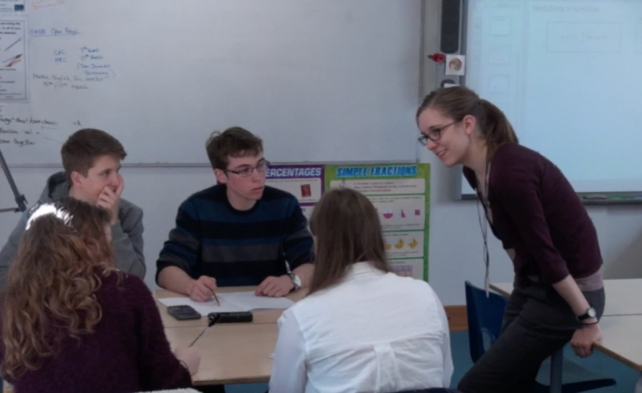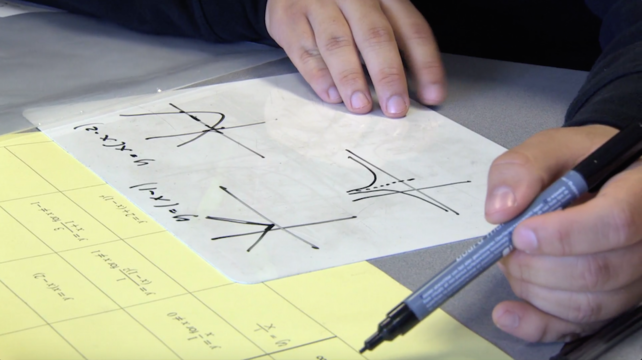These notes are intended to be read in conjunction with the resource files for the main task, Two-way functions, including the teacher notes and solution.
Resource outline
Two-way functions gives students an opportunity to explore their understanding of properties of functions, such as asymptotes and roots. Students identify properties that certain functions have in common and also seek functions that have particular properties. In the process, students may sketch lots of functions, and develop their sense of how the equations relate to the sketches. Some of the cells of the table may be quite hard to fill in with the set of functions that students may be particularly familiar with, so students may like to use the list of functions in the suggestion, which includes enough functions to complete the table plus some extras. This could help to extend the set of example functions that students are familiar with.

Introducing the task and suggested ways of working
When introducing the task, emphasise that there is not one ‘right’ answer. Allow individual thinking time at the start of the activity, then students could work in pairs or small groups to encourage sharing, challenging and justifying ideas. Include an opportunity for groups to share ideas: students could suggest a function or property or ask a question. Alternatively, groups could swap tables to see how other groups have completed cells.
Print the table onto A3 paper to give space for more than one answer or sketches.
Students should try to think of example functions themselves before using the suggested functions. They can then use the suggested functions if necessary (available in a list or as cards to cut out).
Encourage students to sketch graphs to develop their ability to visualise. After students have tried to sketch graphs, software such as Desmos may help them to construct examples.
Extension
Complete the table using a different function in every cell.
This may encourage students to move beyond the examples they typically use. Some students may also start to modify their column and row headings.
How few different functions can you use in the table?
This may encourage reflection on multiple properties of the functions already chosen. Again, some students may modify column and row headings.


Prerequisites
Some familiarity with the language of graphs of functions, asymptotes, roots or zeros of functions; some knowledge of quadratic, rational and modulus functions
Skills involved in this task
Thinking about properties of functions and their graphs, sketching curves, reasoning and deduction, counter-examples, modifying a function to give new functions

